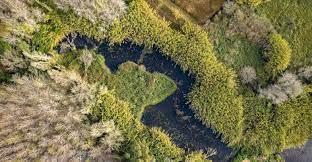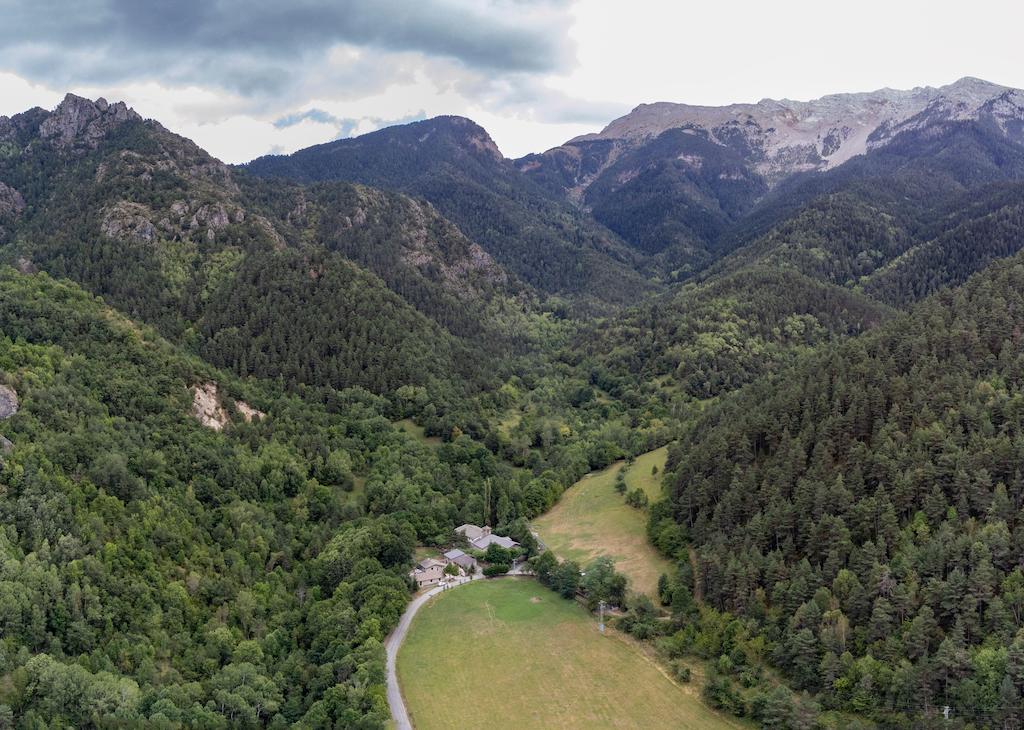
https://www.carbonbrief.org/qa-what-does-the-eu-nature-restoration-law-m...
The long-awaited “nature restoration” law aims to repair the EU’s damaged ecosystems over the next few decades.
The final vote on the law came amid farmer protests across the EU and, in response, rollbacks of some of the bloc’s other environmental plans.
The law became a focal point for misinformation in recent months and saw strong levels of opposition from different groups.
It passed through a final parliament vote on 27 February, with 329 votes in favour, 275 against and 24 abstentions – a larger margin of approval than a knife-edge vote last summer.
It now needs to be approved by the council of the EU before it can take effect.
In this Q&A, Carbon Brief explains the aims of the nature restoration law, the challenges it faced, its scientific backing and what it will mean for climate change and biodiversity loss in the EU.
- What is the EU nature restoration law?
- Will the law help the EU meet its climate and biodiversity goals?
- What is the scientific backing behind the law?
- What are the most contentious parts of the nature restoration law?
- What has been the reaction to the EU’s nature restoration law?
What is the EU nature restoration law?
Proposed in June 2022, the nature restoration law is seen by the European Commission as a key part of meeting the EU’s climate and biodiversity goals.
It aims to restore at least 20% of the EU’s land and sea areas by 2030.
Within this wider goal, countries need to restore 30% of habitats covered by the new law (including forests, rivers and wetlands) that are already degraded by 2030. This increases to 60% by 2040 and at least 90% by 2050.
Sabien Leemans, a senior biodiversity policy officer at WWF EU, says the law is a “very big opportunity” for nature – and a rare one in terms of EU policy. She tells Carbon Brief:
“It is comparable to the habitats directive that was adopted in the early 90s – more than 30 years ago. It’s not like in the climate sphere that you have legislation coming up every year or every couple of years.
“For nature, with a proposal that would really impact how we use land and sea in Europe, I think this is really historic and [it is] not happening even every decade.”
The law is intended to work alongside other environmental policies on a range of issues, including birds, habitats, water and invasive alien species. Its goals also align with the new EU 2030 forest strategy, which intends to protect and restore forests across the bloc.

The law states that EU countries should, “as appropriate”, prioritise restoring habitats that are “not in good condition” and also located in Natura 2000 sites – an EU network of protected areas containing at-risk species and ecosystems – until 2030.
These areas are “essential” for nature conservation, the law says, and there is an existing EU obligation to ensure that Natura 2000 areas are covered by long-term restoration measures.
EU countries will need to submit national restoration plans to the commission to show how they plan to deliver on key targets, with requirements for monitoring and reporting on their progress towards those goals. Leemans tells Carbon Brief:
“The member states will choose where they will restore, what they will restore, how they will restore. And together the national restoration plans need to add up to the targets.”









